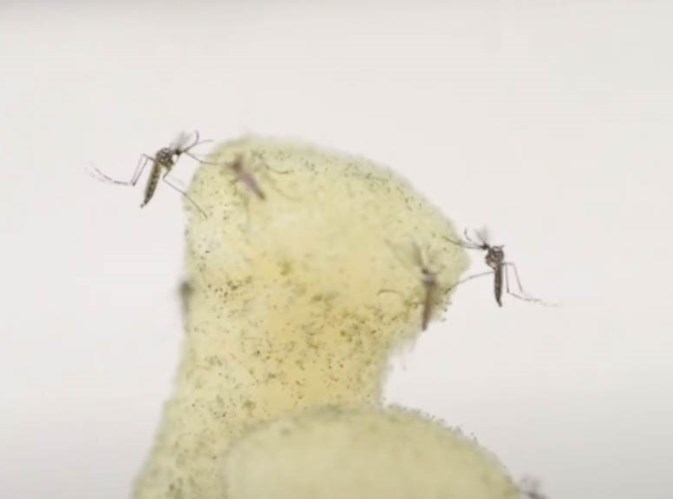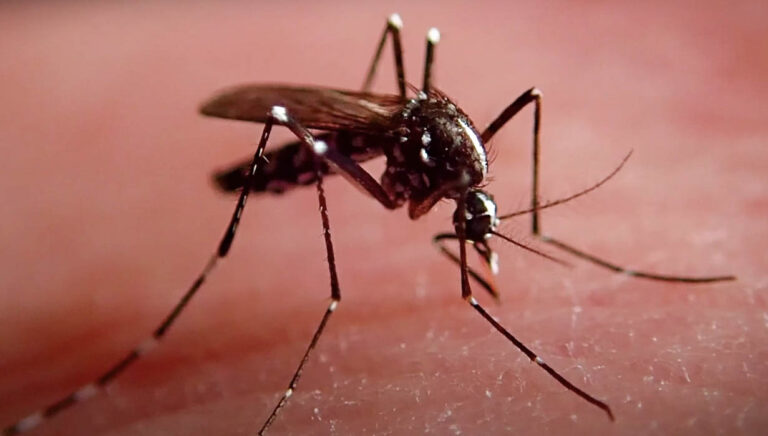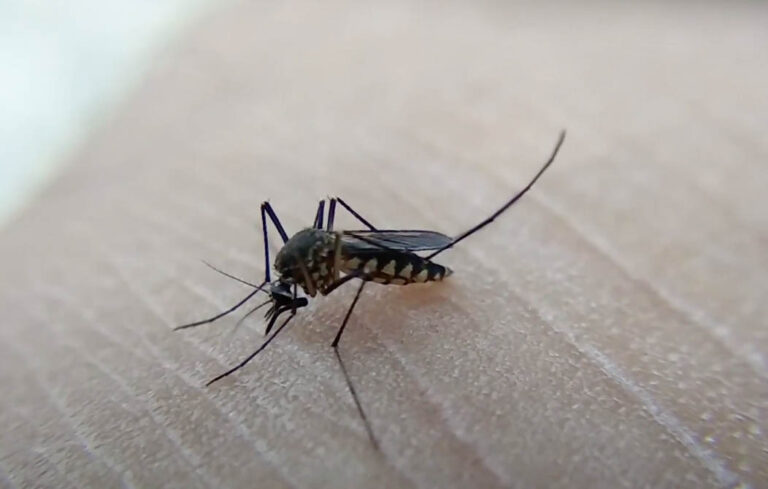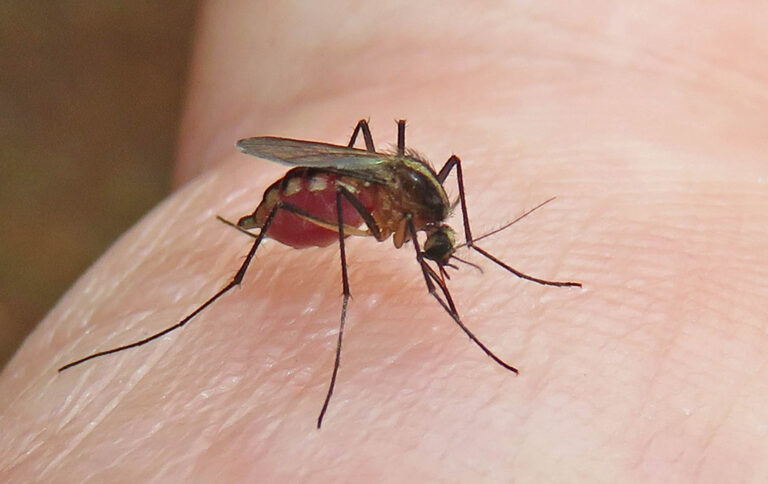About Asian Tiger Mosquitoes
About Asian Tiger Mosquitoes
Asian tiger mosquitoes are otherwise known as forest mosquitoes. They get the name, Asian tiger mosquito, from the white stripe that goes from their heads to the center of their backs. They are nuisance insects as well as vectors that spread different kinds of diseases. Asian tiger mosquitoes spread microorganisms such as West Nile Virus and Zika virus.
Appearance
A characteristic physical feature of Asian tiger mosquitoes is the white and black striped legs and body. They have black bodies with silvery-white markings. They are also known for their long, segmented bodies. Another characteristic physical feature of Asian tiger mosquitoes is the stripe that goes from their head to the center of their backs. The length of Asian tiger mosquitoes ranges from 3 to 10 mm.
The physical features of the male and female Asian tiger mosquitoes differ, with the male having bushier antennae with tactile receptors. The receptors are usually for detecting the buzz of the female.
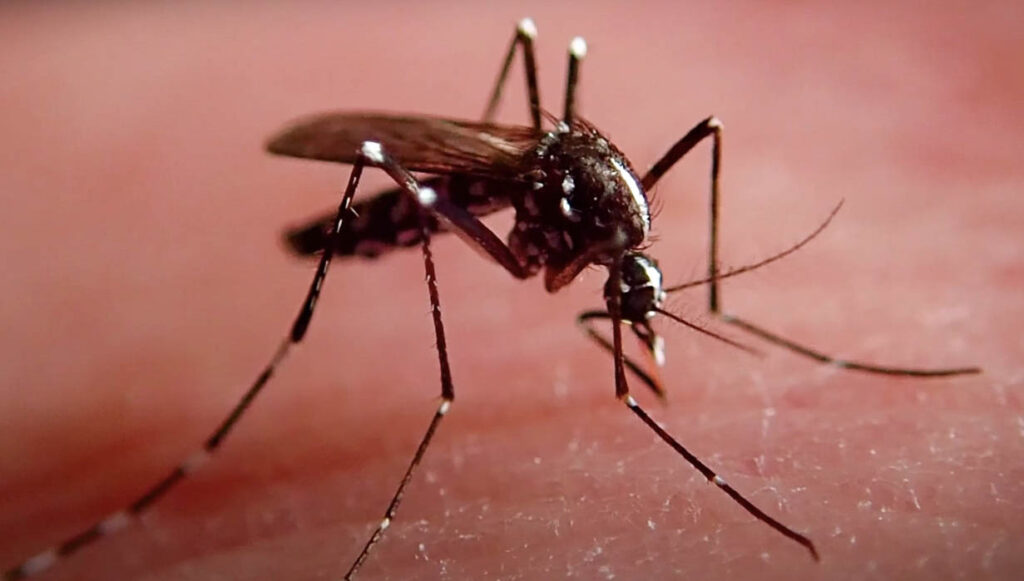
Behavior
Unlike other types of mosquitoes, the Asian tiger mosquito is more active during the day and feeds during the day. They are also particularly aggressive and have established large populations in different communities.
The diet of these insects includes plant juices, which are sources of sugar, and blood. The males do not necessarily need blood meals. The females need blood meals to be able to produce mature eggs. They are attracted to their hosts based on factors such as the type of clothing, warmth, perspiration, and carbon dioxide levels. Asian tiger mosquitoes take blood meals from humans as well as other animals like squirrels, deer, and dogs. They typically do not fly very far away from their breeding sites.
Female Asian tiger mosquitoes are known for their bites. The bites of these mosquitoes are usually not painful but can cause visible bumps on the skin. They can spread different diseases, including the notorious Zika virus. West Nile virus and dengue fever are other diseases transmitted by Asian tiger mosquitoes.
According to reports, the first set of Asian tiger mosquitoes came to the US through tire casings, in 1985. As the casings were moved across locations, the spread of the mosquitoes intensified. They breed in a wide range of environments, including different forms of water-filled containers. They apply the availability of ample breeding sites to establish large populations in areas with small mosquito populations.
Even though their bites are not painful, they especially constitute a nuisance by persistent biting. Their activities are especially notable during summer.
They have excellent tolerance for drought, an indication of their adaptation to urban environments.
Life cycle
The female lays eggs after taking a blood meal. She may require some time to fully digest the meal. After the meal is completely digested, she then looks for an appropriate breeding site. They lay eggs in cavities, whether natural or manmade. Such cavities include those found in trees and those found in old tires. It is noteworthy that Asian tiger mosquitoes do not lay their eggs in ditches or marshes.
They typically lay their eggs in winter. For the egg to hatch into larvae, they have to be covered with water, like would happen after a rainfall. The egg hatches into the larvae during spring and summer. The larvae are typically referred to as the wriggler because of the wriggling motion it makes when it swims.
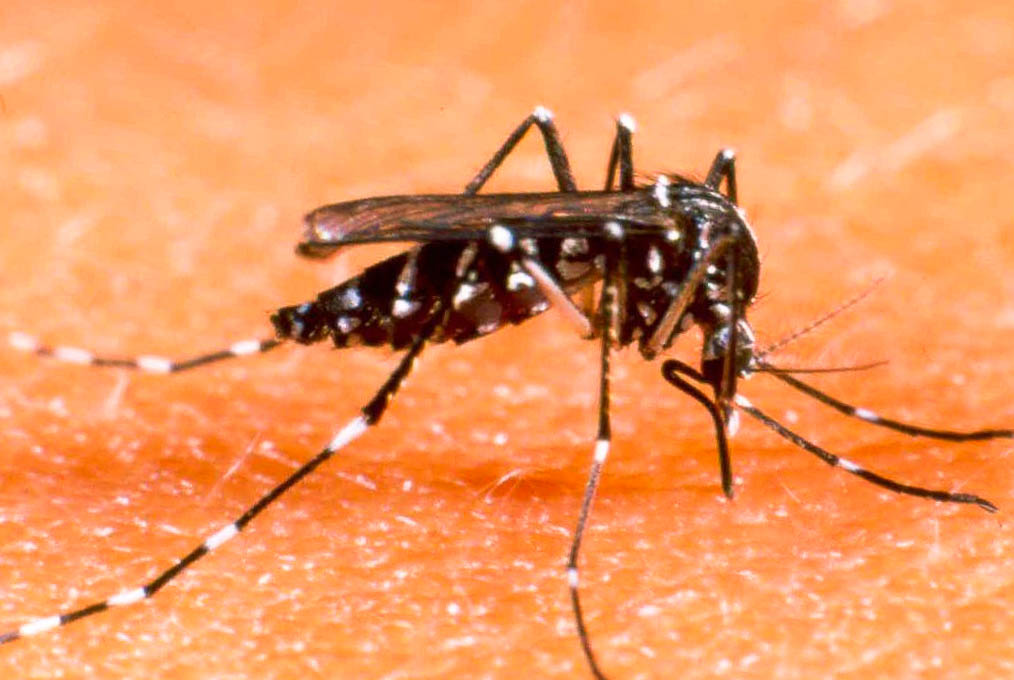
The larvae feed on debris as well as microorganisms present in the water. The pupa, known as the tumblers, because of their tumbling motion, develop out of the larvae. The pupae develop into adults after about 10 days.
Like other kinds of mosquitoes, the Asian tiger mosquito has a short lifespan. It also has the ability to establish large populations within a short period.
Habitat
The mosquitoes originated from Southeast Asia and are currently found in most countries of the world. They particularly have large populations in southern areas. Asian tiger mosquitoes are known for their adaptation to a wide range of environments.

